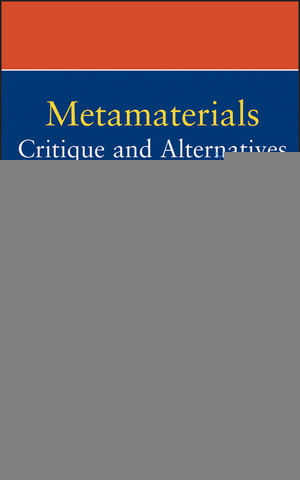

Most ebook files are in PDF format, so you can easily read them using various software such as Foxit Reader or directly on the Google Chrome browser.
Some ebook files are released by publishers in other formats such as .awz, .mobi, .epub, .fb2, etc. You may need to install specific software to read these formats on mobile/PC, such as Calibre.
Please read the tutorial at this link: https://ebookbell.com/faq
We offer FREE conversion to the popular formats you request; however, this may take some time. Therefore, right after payment, please email us, and we will try to provide the service as quickly as possible.
For some exceptional file formats or broken links (if any), please refrain from opening any disputes. Instead, email us first, and we will try to assist within a maximum of 6 hours.
EbookBell Team

0.0
0 reviewsIn a book that will generate both support and controversy, one of the world's foremost authorities on periodic structures addresses several of the current fashions in antenna design—most specifically, the popular subject of double negative metamaterials. Professor Munk provides a comprehensive theoretical electromagnetic investigation of the issues and concludes that many of the phenomena claimed by researchers may be impossible. While denying the existence of negative refraction, the author provides convincing alternative explanations for some of the experimental examples in the literature.
Although the debate on this subject is just beginning, Professor Munk has received support by various numerical simulations, winning him the encouragement of numerous experts in the field. The issues that are raised here have not been addressed thoroughly by the metamaterials community, and this book will serve as a catalyst for much healthy debate and discussion.
Metamaterials: Critique and Alternatives is destined to become a classic resource for graduate students and researchers in electromagnetics, antenna theory, materials research, and chemistry.Content:
Chapter 1 Why Periodic Structures Cannot Synthesize Negative Indices of Refraction (pages 1–46):
Chapter 2 On Cloaks and Reactive Radomes (pages 47–59):
Chapter 3 Absorbers with Windows (pages 61–70):
Chapter 4 On Designing Absorbers for an Oblique Angle of Incidence (pages 71–91):
Chapter 5 The Titan Antenna: An Alternative to Magnetic Ground Planes (pages 93–114):
Chapter 6 Summary and Concluding Remarks (pages 115–127):